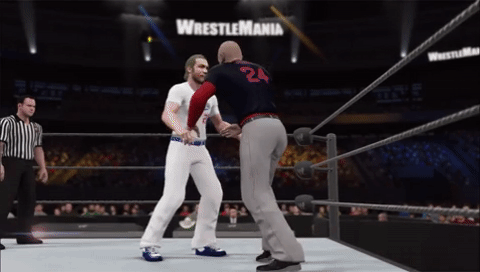The 2018 Red Sox in Historical Context
As soon as any World Series is over, it’s fair to wonder how the most recent champion stacks up when compared to the history. And while sometimes the numbers are downright laughable, the 2018 Red Sox have been pretty extreme. In the regular season, they won five more games than anyone else. In the playoffs, they lost just once per series while eliminating the three other best teams in the game. Sometimes, you think about the history because you think you’re obligated. In this case, we look to the history because it seems like the Red Sox might’ve done something historic. It feels like this might’ve been one of the all-time greats.
I’ve run some numbers in order to see what we’ve got. I should acknowledge right here there’s no perfect, agreed-upon way to do this. There’s no ideal measure of a team overall. Does it matter how good a team is for seven months, or is it only the playoffs that matter, provided you do just enough to make it in in the first place? There are arguments to go in either direction, but for my purposes here, I’ve simply combined regular-season numbers with postseason numbers. The postseason sample, of course, is dwarfed by the regular-season sample, but that’s how I feel like it should be. You might have another opinion, and so you might trust your own analysis. Below, I’ll quickly present my own.

